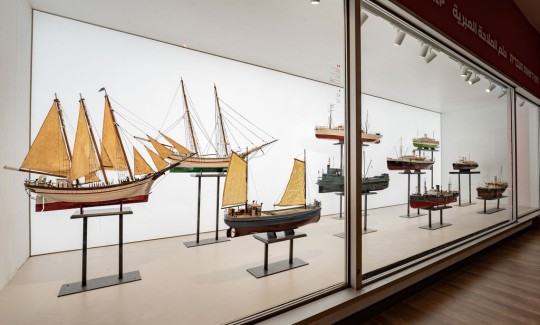SHIPS TELL THEIR STORIES | EARLY HEBREW SEAMANSHIP DURING THE BRITISH MANDATE
Permanent Event
curator:
Adi Shelach
More info:
046030800How is it possible that in our beautiful land, so rich in wadis, lakes and seas, there are no marine industries nor any sailors? Of the hundred-thousand Jews living in Eretz Israel, there are farmers and merchants, workers of every variety, artists and teachers, and even those who remain idle – yet not one of that very important breed […] who derive their livelihood from the water and the great, immense sea?
(Itamar Ben Avi, “Bring Us Mariners”, “Ha’or”, December 15, 1912)
More than a hundred years have passed since the words above were written by Itamar Ben Avi, one of the first visionaries of the future of shipping and seamanship among the Jews of Palestine. In the time since, the State of Israel was established and the number of Jewish residents grew from hundreds of thousands to millions. To a great extent, Ben Avi’s question is again relevant. But what a history! And what a fascinating and wondrous seagoing revolution!
The birth of Israeli seafaring can be traced to the period before the establishment of the State. During those years, the attitude of the Jewish settlement (the Yishuv) in Palestine towards the sea was transformed. The connection of the civilian community to the sea took root through leisure, daily and sports culture. Beaches became a favorite recreation spot, and the many sports unions that were active in initiated athletic and educational marine activities, meant to help change the Jewish people’s corporeal culture.
The vision of maritime sovereignty first developed “from bottom up”, led by sea fanatics. Later, beginning in the second half of the nineteen-thirties, the leaders of the Jewish Yishuv joined in these initiatives when they recognized the strategic importance of the marine arena both economically and militarily. This recognition developed against the backdrop of the destabilization of the status of Jews in Europe, the “great” Aliya (Jewish immigration to the Land of Israel in the “Fifth Aliya” of 1931 - 1939), increased Arab terrorism, and the bloody “Arab Revolt” of 1936 – 1939.
It was during this period that the Port of Haifa was constructed, and efforts were made to incorporate Jewish labor. The Tel Aviv Port was also constructed, and the beginnings of training in the marine professions, and the established of the first shipping companies. The project of Ha’apala (illegal Jewish immigration by ship) during the stormy years of World War II, and the immigration in the years following the war, made the need for independence in the marine arena clear. In 1945, the national shipping company, “Zim”, was established, with the objective of consolidating all of the small, independent shipping companies.
The model ships in this display reflect a dramatic and stormy chapter in Jewish marine history during the years before the establishment of the State, and the first few years after its establishment. They demonstrate the progression from sailing ships to modern, motorized ships, and narrate the story of the development of Hebrew seafaring from private and civilian initiatives up to the national projects of Ha’apala, Aliya, and the establishment of an Israeli merchant fleet.
The exhibit was made possible with the help of the Friends of the National Maritime Museum, and the Aptowitzer Fund for Haifa
Adi Shelach Curator of the National Maritime Museum


